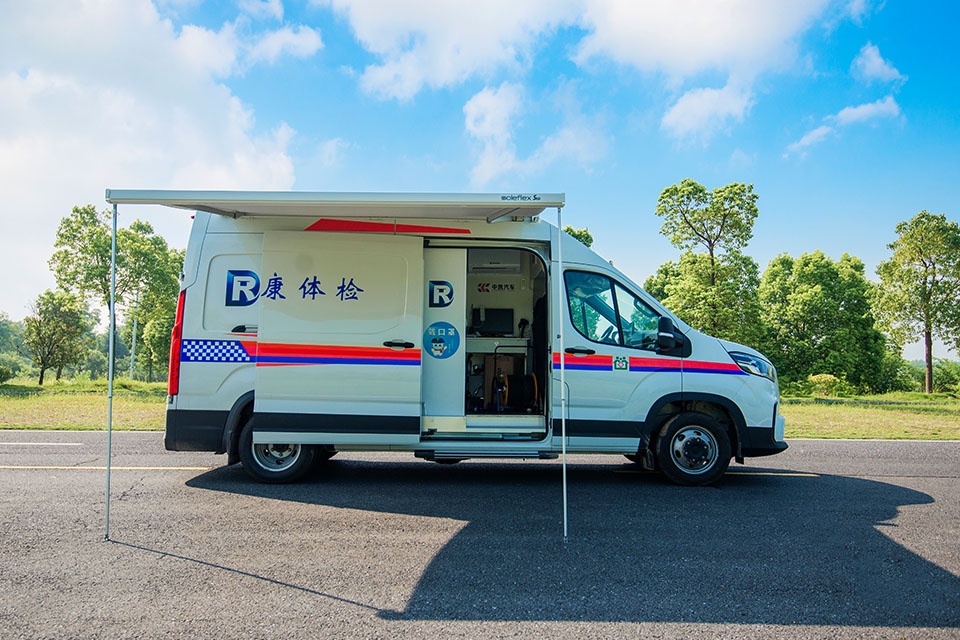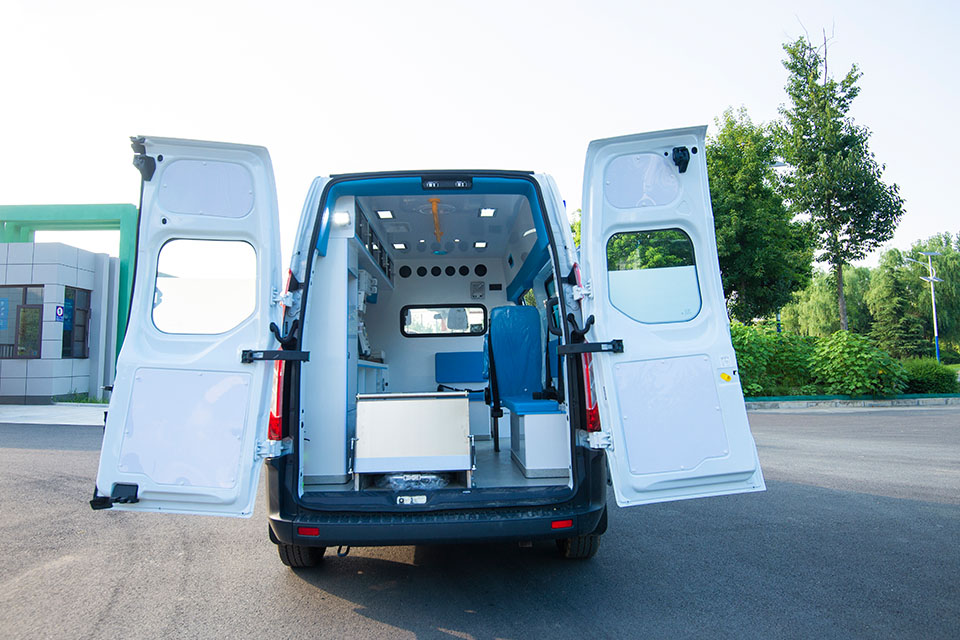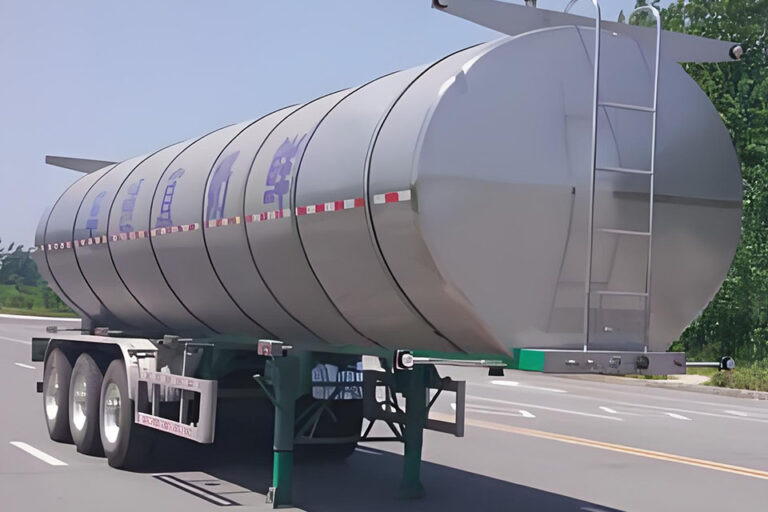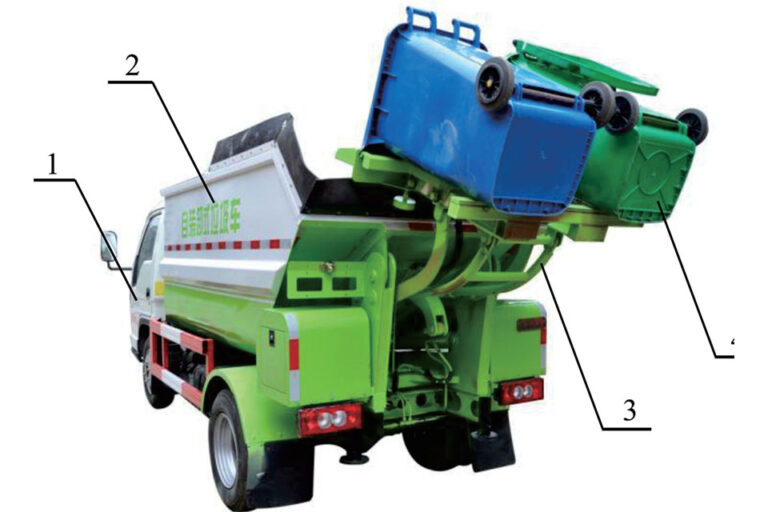-
Chengli Automobile Industry Park

What does a blue ambulance mean?
What Does a Blue Ambulance Mean?
Have you seen a blue ambulance and wonder what it means? Let’s find out! This is all about blue ambulances, what they do, and how they work with your money when you need help.
Table of Contents
What Is a Blue Ambulance?
A blue ambulance can mean a few different things:
- It might be a special ambulance with blue lights to help calm sick people
- It could be linked to Blue Cross insurance plans
- It might be a way to tell apart different kinds of medical help
CLW Group Overview
Global Reach
Company Strengths (Bar Chart)
Blue Light for Calm Feelings
Some ambulances use blue light inside to help scared people feel better. In fact, a study from the Netherlands shows that some places are buying ambulances with special blue lights just for this reason.
A group in the Netherlands bought two ambulances with blue lights to test if they help sick people feel less scared during rides to the hospital.
Blue Ambulances and Insurance
When you see a blue ambulance, it might be linked to Blue Cross insurance. Here’s what that means for your wallet:
| Insurance Type | What You Pay | What’s Covered |
|---|---|---|
| Blue Cross (2025) | $100 per day for ground ambulance | No deductible needed |
| Blue Cross (2025) | $150 per day for air or sea ambulance | No deductible needed |
| Medicare Part B | 20% of cost after deductible | Emergency rides when needed |
| Complete Blue PPO Premier | Varies (4.5-star rated plan) | Monthly premium: $49 |
When Insurance Pays for Your Ambulance Ride
Not every ambulance ride gets paid by insurance. Here’s what you need to know:
- Emergency rides – Most plans pay when it’s really needed
- Non-emergency rides – You need a doctor’s note saying you must go by ambulance
- Special cases – Some plans need pre-approval for rides that aren’t for emergencies
Blue Cross insurance plans usually cover ambulance trips, but how much they pay depends on your plan. If you have Medicare Part B, it pays for most of the cost in life-threatening situations.
Special Features of Blue Ambulances
Some blue ambulances might have special features to help sick people:
- Blue lighting to make patients feel calm
- Special medical tools for different kinds of help
- Trained staff who know how to use Blue Cross insurance plans
The Blue Light Study
A study tested if blue light in ambulances helps patients feel better:
“Normally you see white lights as working light, but i’m looking for studies who claim that a blue light environment would relax the patient more. Like you see the color blue on the uniforms of the nurses and doctors on ER and OR.”
This shows that the color blue isn’t just random – it might actually help people feel better when they’re scared or hurt!
What To Do If You Need an Ambulance
If you need an ambulance:
- Call 911 first
- Tell them if you have Blue Cross insurance or Medicare
- Keep your insurance card with you
- Ask for a doctor’s note if it’s not an emergency
- Check with your insurance about what they will pay
Blue Ambulance vs. Regular Ambulance
How do blue ambulances compare to regular ones?
- Both take you to hospitals
- Both have trained medical people
- Blue ones might be linked to certain insurance plans
- Blue ones might have special features like calming lights
- The cost might be different based on your insurance
Insurance Tips for Ambulance Rides
To make sure you don’t pay too much:
- Check if your plan covers ambulance rides
- See if you need pre-approval for non-emergency trips
- Ask about Emergency Medical Services coverage
- Look into Ambulance Transport Solutions in your area
- Consider new options like Zero Emission Electric Ambulances which some insurance plans now cover
Common Hospital Emergency Codes
In hospitals, they use color codes for emergencies. While these aren’t the same as ambulance colors, it helps to know them:
- Code Red – Fire or possible fire
- Code Silver – Person with weapon or active shooter
Blue ambulances are not part of this standard code system, which shows that ambulance colors aren’t standardized the same way.
Medicare and Ambulance Costs
If you have Medicare:
- Part B covers most emergency ambulance costs
- You might still pay 20% after your deductible
- For regular (non-emergency) trips, you need a doctor’s note
- Medigap plans can help pay the 20% that Medicare doesn’t cover
When Blue Cross Covers Ambulance Rides
Blue Cross insurance usually covers ambulance rides when:
- It’s a medical emergency
- You can’t safely travel any other way
- You’re going to a covered medical place
- The ambulance service is approved
Some states have rules that make insurance companies pay for out-of-network ambulance rides at in-network rates.
Future of Blue Ambulances
New types of ambulances are coming, like:
- Electric ambulances with zero emissions
- Ambulances with better patient comfort features
- Smarter technology to talk with hospitals faster
Summary
A blue ambulance might mean:
- An ambulance with blue lights to help calm patients
- An ambulance linked to Blue Cross insurance plans
- A special type of medical transport
The most important thing is that ambulances get you help when you need it most. The color might matter for your comfort or show who runs the service, but all ambulances aim to provide good care.
If you see a blue ambulance, now you know it might have special features or insurance connections. Always check with your insurance plan before you need an ambulance so you know what’s covered.









